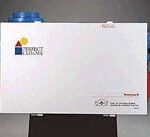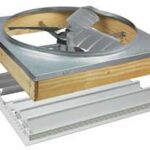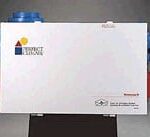Cooktop ventilators and range hoods have funnel-shaped interiors designed to pull odors, smoke, and heat up through a filter and blower and exhaust them outside, though they must be sized and installed correctly.
(Commercial ranges require a commercial-style ventilation unit, which is quieter and also removes substantial amounts of grease.)
Cabinet-mounted and freestanding ventilators should be sized according to the area they cover plus 3 inches on either side.
For example, if your range is a standard 30-inch-wide model, the ventilator should cover 36 by 24 inches, or 6 square feet, and draw 50 to 70 cubic feet per minute (CFM) for a rating of 300 to 420 CFM. If the hood is freestanding, its square footage should be multiplied by 100 CFM to obtain the rating.
No matter how powerful your ventilator is, its efficiency will be compromised if it is improperly placed or if the ductwork is improperly installed.
To remove odors, smoke, and heat, the hood should be 24 to 30 inches above the cooktop.
The ductwork should not be overly long, made of a material that is anything but smooth, or make more than a few turns. (If installing ductwork is too complicated, a ductless hood, which filters smoke, odors, and steam, though not as effectively, is another option.)
If your kitchen layout includes a cabinet over the range area, it will take a standard under-cabinet-mounted hood, with the ductwork hidden inside the cabinet.
These units frequently feature a light in addition to the fan. If your kitchen does not have a cabinet above the range, you can install a fully exposed unit, as shown above.
Because these large units become a commanding feature of the kitchen, they also want to be attractive and so are predictably more expensive.
For situations that do not easily accommodate either a cabinet-mounted or freestanding ventilator, a range with a built-in ventilation system may be the solution.
Some, such as the one shown at left, rise up from the rear of the cooktop and can be lowered when not in use.
Others are placed in the center of the cooktop, between the left- and right-hand burners.
Both types of “down-draft” ventilation systems are adequate alternatives to range hoods in most situations. Their only drawback is that because of their locations, they cannot as effectively ventilate steam from tall pots.



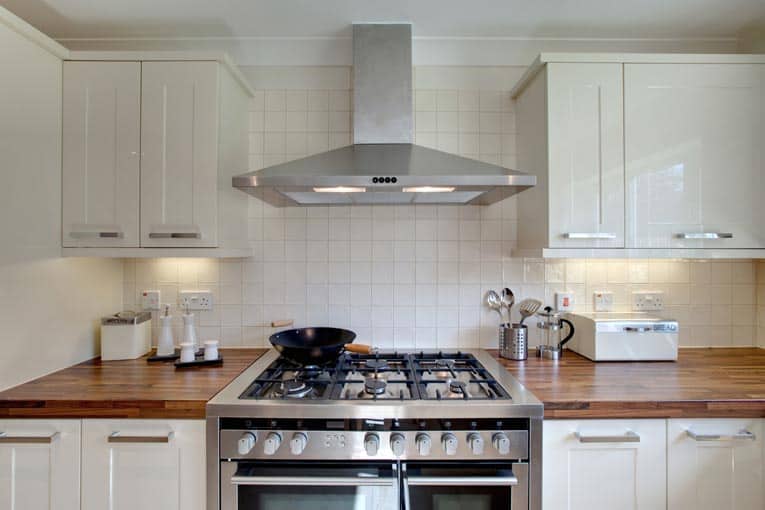
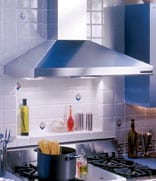
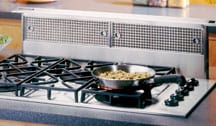
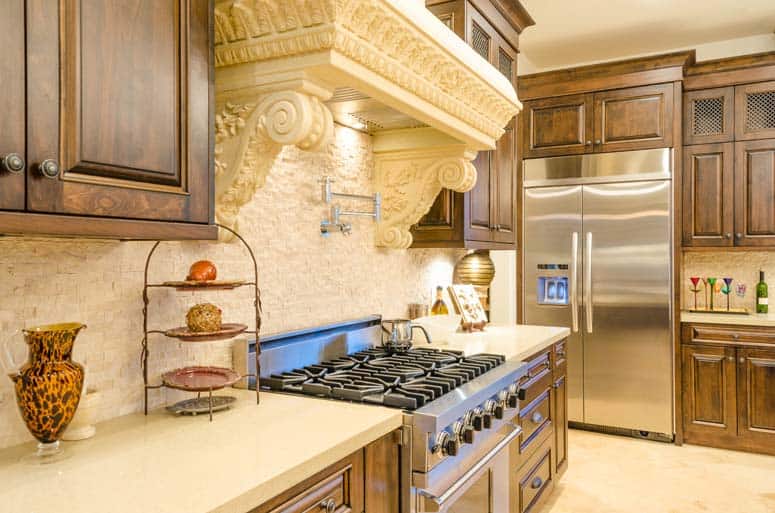
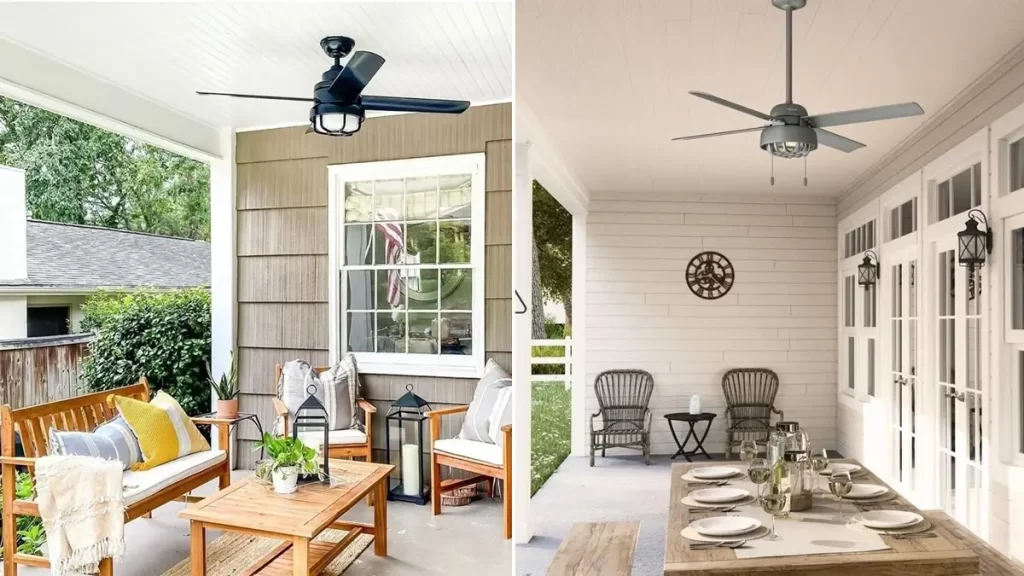
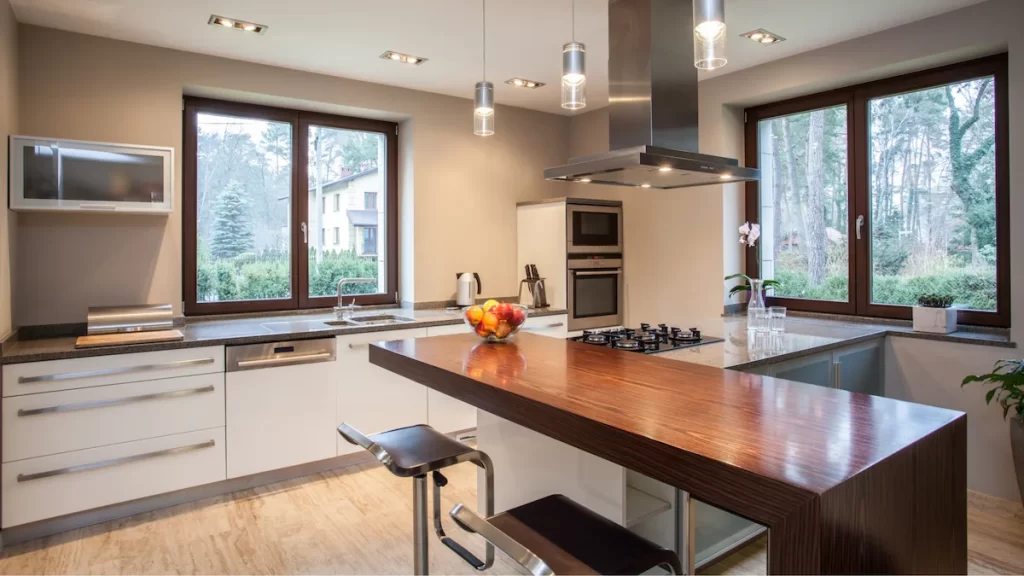
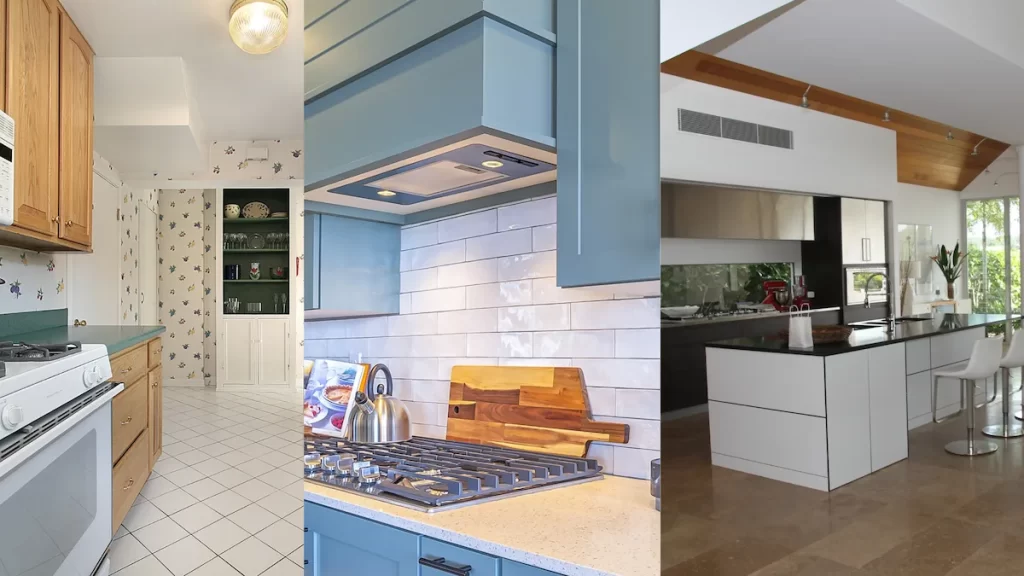

 Don Vandervort writes or edits every article at HomeTips. Don has:
Don Vandervort writes or edits every article at HomeTips. Don has:
